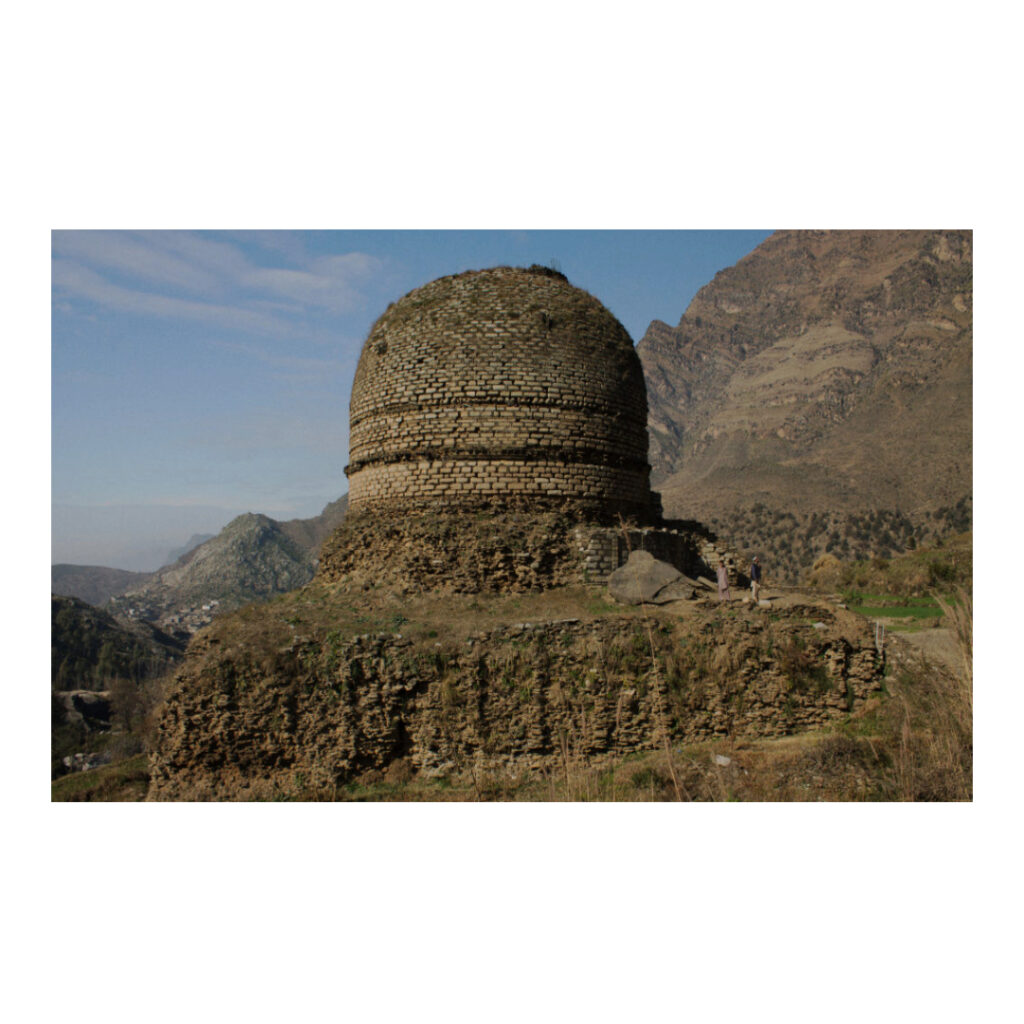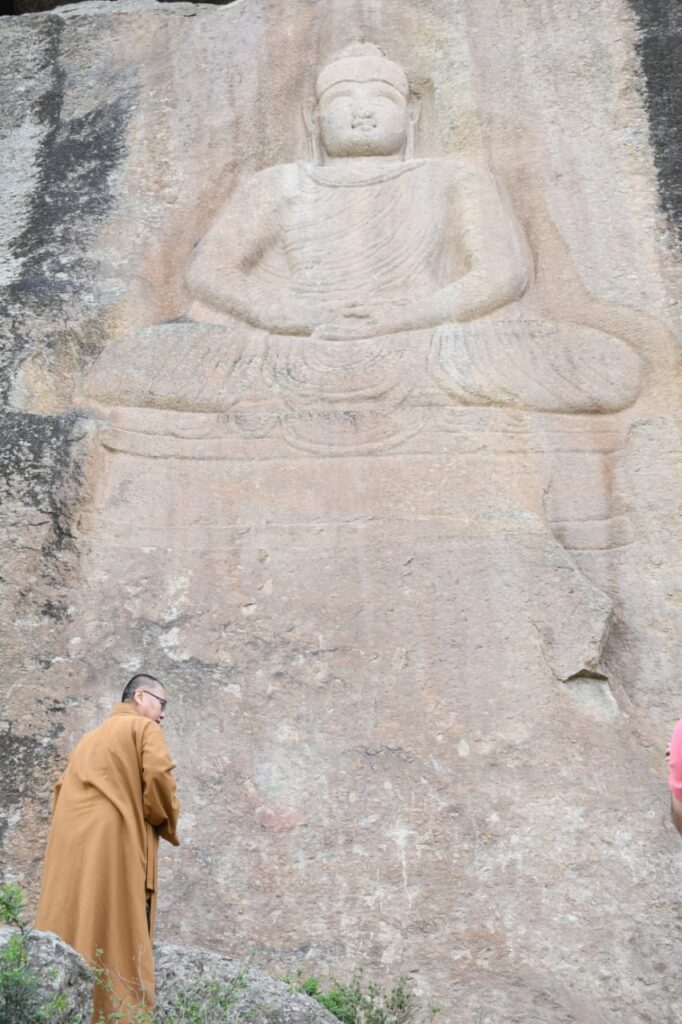Strong and Deep Roots of Buddhism in Pakistan

Buddhism has strong historical roots in Pakistan, especially in the region that was known as Gandhara. It played a crucial role in the spread of Buddhism, between the 3rd century BCE and the 7th century CE. Buddhism introduced to this region during the emperor of Mauryan Empire Ashoka the great in the 3rd century BCE. He became the important benefactor of Buddhism after embracing it and sent groups of saints to spread the teachings of Buddhism in his entire empire.
The region Gandhara consist of modern cities like Peshawar, Mardan, Swat, Taxila and Charsadda was the main center of Buddhist culture and teachings. Gandhara was famous for its unique style of Buddhist art, which has Greek influence known as Gandhara art. The specialty of this art is its genuine sculptures of the Buddha.

Taxila located near the Islamabad is the hub of Buddhist studies, its older name is Takshashila, and Asoka the great makes this city. It hosted one of the earlies universities of the world where the main subject was Buddhist philosophy alongside other subject of that time. The ruins of Taxila consists of stupas, monasteries, and a huge amount of Buddhist ruins, reflecting its importance as a Buddhist center.
Peshawar’s old name was Purushapura, Peshawar was another major city in the spread of Buddhism. It was home to the famous Kanishka Stupa. The king Kaniksha of Kushan Empire who was a great patron of Buddhism built Peshawar. Swat Valley also has a significant place in Gandhara region, its old name was Udyana in ancient texts. The Butkara stupa and Padmasambhava statute are the most important Buddhist monuments in the region.

Mardan has the major Buddhist monastery which is famous as Takht-i-Bahi, it was one of the well-maintained Buddhist monastic complex. It dates back to the 1st century CE and is a UNESCO World Heritage Site. Takht-i-Bahi was an important center for Buddhist monks and scholars. Charsadda previously famous as Pushkalavati, was an important city in the Gandhara region. The city has several stupas and monasteries, which highlights its role in the spread of Buddhism.
The Buddhism spread to Central Asia, China and other countries from Gandhara region; it was facilitated by the strategic location of these cities along the Silk Road. Buddhism declined in the region from the 7th century CE, the main reason was resurgence of Hinduism and the spread of Islam. By the 10th century Buddhism completely disappeared from the region but it remain visible in the form of archaeological sites. The roots of Buddhism in Pakistan were deeply tangled with the history of the Gandhara region. The cities of Gandhara were once vibrant centers of Buddhist culture, art and learning.

